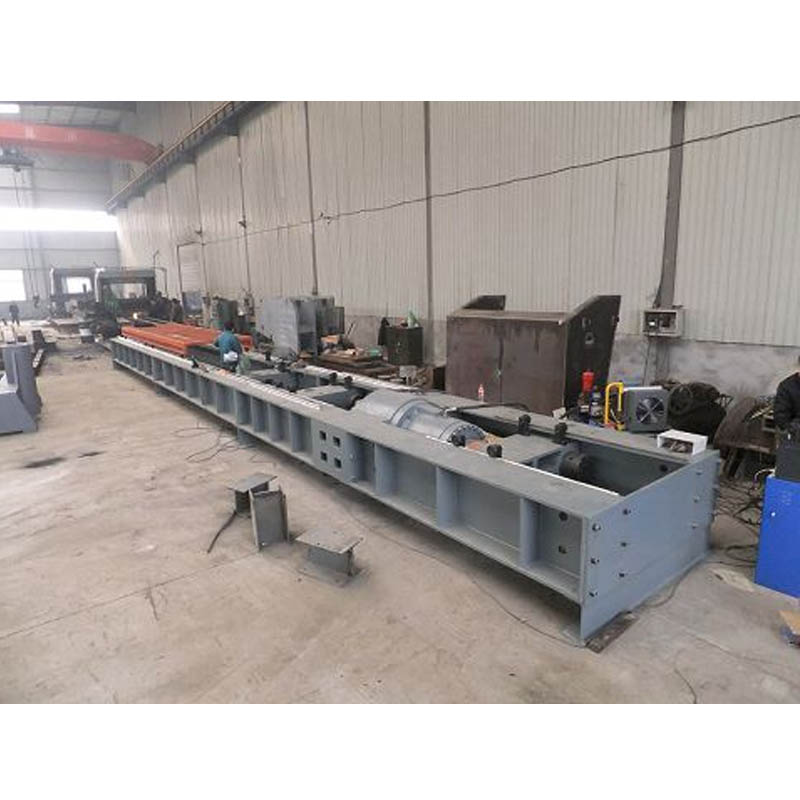High Performance Equipment for Insulation Resistance Testing and Measurement
High Insulation Resistance Test Equipment Ensuring Safety and Performance
In the world of electrical engineering and maintenance, the importance of insulation cannot be overstated. Insulation resistance test equipment plays a pivotal role in ensuring that electrical systems operate safely and efficiently. This equipment is designed to measure the resistance of insulation in electrical components, thereby helping to prevent failures that could lead to significant safety hazards, equipment damage, or costly downtime.
Understanding Insulation Resistance
Insulation resistance refers to the resistance offered by insulating materials to the flow of electric current. High insulation resistance is crucial because it indicates that the insulation is effective in preventing current from leaking to the ground or between conductors. Low insulation resistance can lead to increased electrical losses, overheating, and the risk of electric shock.
The primary purpose of insulation resistance testing is to assess the condition of insulation in wires, cables, motors, transformers, and other electrical equipment. Regular testing helps identify degradation in insulation that may not be visible through physical inspection. Factors such as moisture, chemical exposure, mechanical stress, and temperature fluctuations can all affect insulation quality over time.
Types of Insulation Resistance Test Equipment
There are various types of insulation resistance test equipment, each designed for specific applications and requirements. The most common types include
1. Meg-ohmmeters (Meggers) These are handheld devices used to apply a high voltage to the insulation and measure its resistance. They typically operate at voltages ranging from 250V to 5000V, allowing for the testing of a wide range of insulation materials. Meggers are favored for their portability, ease of use, and ability to provide quick readings.
2. Insulation Resistance Testers These advanced devices often feature multiple testing voltages and offer a more comprehensive range of insulation resistance measurements. They can connect to computers or mobile devices for data logging, analysis, and reporting.
3. Automated Test Systems These systems are designed for industrial applications where high volumes of tests need to be conducted efficiently. They often integrate with other testing and monitoring systems and can provide advanced data analytics.
4. Multi-function Testers These versatile devices combine insulation resistance testing with other electrical tests, such as continuity and earth resistance tests. This multifunctionality can save time for technicians who require multiple tests without needing different devices.
high insulation resistance test equipment

Importance of Regular Testing
Regular insulation resistance testing is essential for several reasons
- Safety High insulation resistance ensures that electric current does not stray from its intended path, reducing the risk of electric shock to personnel and preventing potential fires caused by short circuits. - Prevention of Equipment Damage Over time, degradation in insulation can lead to equipment failures. By identifying problems early, maintenance teams can take corrective action before costly damage occurs. - Compliance with Regulations Many industries are subject to rigorous safety standards and regulations that mandate regular testing of electrical insulation. Adhering to these standards not only ensures safety but also protects organizations from legal repercussions. - Operational Efficiency Poor insulation can lead to energy losses, which may increase operational costs. Ensuring high insulation resistance can enhance the overall efficiency of electrical systems.
Best Practices for Testing
To maximize the benefits of insulation resistance testing, organizations should adhere to best practices
1. Schedule Regular Inspections Establishing a routine inspection schedule based on manufacturer recommendations and industry standards helps maintain optimal insulation conditions.
2. Train Staff Proper training for technicians using insulation resistance test equipment is crucial. Understanding the equipment's functionality, testing procedures, and data interpretation can significantly improve testing accuracy.
3. Document Results Keeping thorough records of test results and maintenance actions provides valuable data that can be used for predictive maintenance and trend analysis.
4. Use the Right Equipment Choosing the appropriate insulation resistance test equipment based on the specific application and operating environment is essential for accurate measurements.
Conclusion
In conclusion, high insulation resistance test equipment is a critical tool in the electrical industry, ensuring the safety and reliability of electrical systems. By understanding its importance and implementing best practices for testing, organizations can protect their personnel, equipment, and bottom line from the risks associated with inadequate insulation. Regularly investing in and maintaining high-quality insulation not only enhances safety but also contributes to the overall efficiency and lifespan of electrical installations.
-
The Role of Tensile Force Testers in Quality Control and Material Science
NewsAug.01,2025
-
Maintenance and Safety Tips for Aging Ovens
NewsAug.01,2025
-
Density Balance in Forensic Science
NewsAug.01,2025
-
Advanced Optical Measurement Technologies
NewsAug.01,2025
-
A Buyer’s Guide to Tensile Test Machines
NewsAug.01,2025
-
Why the Conductor Resistance Constant Temperature Measurement Machine Redefines Precision
NewsJun.20,2025
 Copyright © 2025 Hebei Fangyuan Instrument & Equipment Co.,Ltd. All Rights Reserved. Sitemap | Privacy Policy
Copyright © 2025 Hebei Fangyuan Instrument & Equipment Co.,Ltd. All Rights Reserved. Sitemap | Privacy Policy

